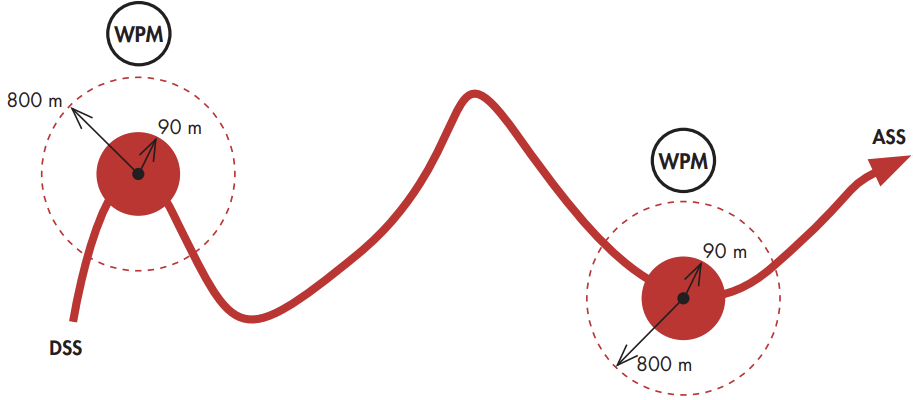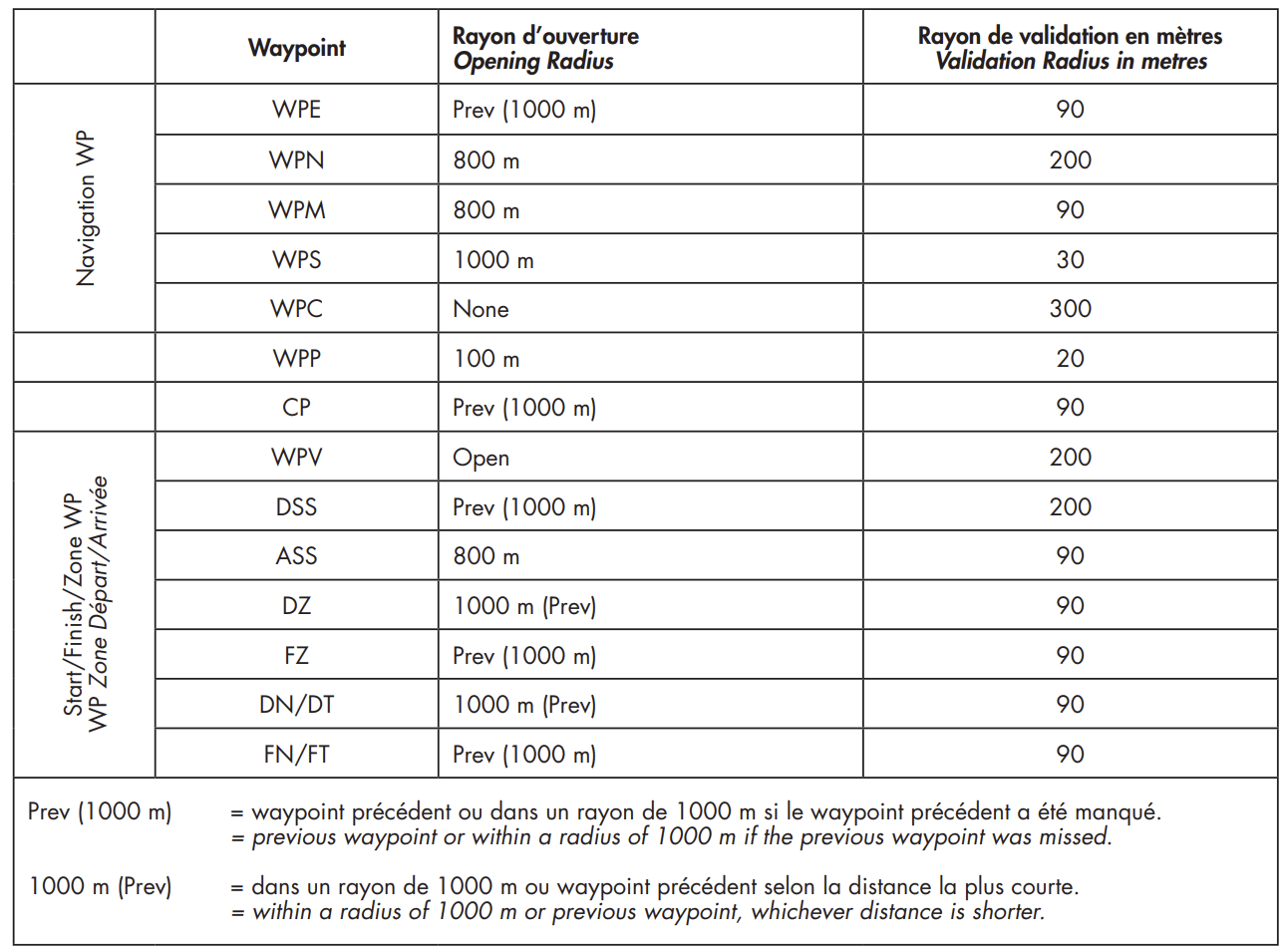FAQ
Frequently Asked Questions
RBR Roadbook Reader App
- How to scroll the roadbook?
- What is the "Autoscroll"?
- How to adjust/reset the odometer?
- Roadbook "countdown style"?
- Roadbook tulip/notes zoom (magnifier)
- How to lock screen roatation/touch?
- How to adjust the tripmeter?
- Speed limit zones, speeding
- What to do if lost (using go-to-note)?
- Miss or skip a waypoint
- Waypoints
- Auto-adjust Odometer
- Sounds
- About GPS: precise, fast, external?
- Using the RBR app offline
- Device swapping during a ride
Riding roadbooks and GPX trails
Participate in the Event
Managing Tracks/Roadbooks
- How to create your first Digital Rally Roadbook?
- What should be considered when designing track/roadbook?
- How do I add/upload a track (Roadbook or GPX trail)?
- How do I export a roadbook from Rally Navigator?
- How to share tracks?
- How does "Navigate by" work?
- What is a Track/Roadbook PIN code?
- Access: Public, unlisted, private Track/roadbook visibility?
- Track structure errors
Organizing Events
- Can I use RBR as the event platform for my own rally business or club?
- How do I organize my first event?
- How do the payments and entry fees work?
- Event itinerary: classes, sections (tracks) explained
- Why can’t I change a competitor’s class after they’ve started riding?
- What is a Selective Section (SS)?
- What is a Rolling Start?
- How can competitors register for an event?
- How and when can competitors access event roadbooks?
- Event Track "visibility" (access) explained
- How to test-ride event tracks and itinerary?
- Nominal Time configuration
- What should be considered when choosing time zones for an event?
- Types of waypoints
- Auto-skipping missed waypoints
- Does the platform validate waypoints?
- What is a prologue?
- What is a Liaison or Road Section?
- Neutralization vs Transfer Zones (and refuelling)
- How to add a DN (neutralization zone)?
- How to set speed limits?
- Speeding penalties
- How do I set the DSS (section) start times?
- How do I record the start time as there will be no referee at the start?
- Start list live fullscreen mode
- Live Tracking
- Event "visibility" explained
- FIM & FIA regulations & Lexicon
How to ride and read the roadbook
Other
Types of waypoints
Updated
The competitor must pass through all waypoints in chronological
(ascending, sequential) order. It is possible to skip the waypoint manually,
incurring penalty.
Depending on the waypoint type, the NAV-GPS directs the crews towards a
waypoint only once they have validated the previous waypoint or if they
have come within the opening radius of it. To validate a waypoint, the
crew must pass within the validation radius of it.
At each waypoint, the odometer is recalibrated automatically (ar per FIM 80.11.2).
It is possible to disable this behaviour in the RBR app settings.
It is possible to disable this behaviour in the RBR app settings.
WPE (ECLIPSE WAYPOINT): A waypoint that becomes completely visible on the NAV-GPS once the preceding waypoint has been validated or within a radius of 1000 meters if the previous waypoint was missed.
WPN (NAVIGATION WAYPOINT): The organiser may use this waypoint to prevent crews from avoiding challenging routes (e.g. dunes) or navigation difficulties. The NAV-GPS directs the crews towards this point only once they have come within the opening radius of it.
WPM (MASKED WAYPOINT): A waypoint whose coordinates are not revealed to competitors. This is a standard waypoint to be used to check that the navigation instructions are being correctly followed by the crews. The NAV-GPS directs the competitor towards this point only once he has come within the opening radius of it.

WPS (SAFETY WAYPOINT): A waypoint used to guarantee the safety of competitors, indicated in the road book and whose coordinates are not revealed to the competitors. The NAV-GPS only directs the competitor towards this point once he has arrived within a WPS open radius.
WPC (CONTROL WAYPOINT): Like an invisible referee hidden somewhere on the track - nobody knows where. A Control Waypoint is used to verify that the roadbook is being followed correctly, without any navigation information provided by the NAV-GPS, other than the order of passage (no compass arrow is displayed (DTW), but the waypoint is visible in the roadbook). A WPC should never be placed off-track. The organiser may use as many WPCs as needed to prevent any possibility of shortcuts.
WPP (PRECISE WAYPOINT): A WPP is a waypoint that allows to check precisely the respect of the Roadbook follow-up on the tracks, without navigation information provided by the NAV-GPS. Its number and its order of passage in relation to other waypoints are only shown in the waypoint list of the road book (not shown in the roadbook tulip diagrams).
It is always located on-track and not used in off-track or open terrain sections. Remember, the default validation radius is only 20 meters. This means that if the rider's speed is 90 km/h, they may miss the WPP because they cover 30 meters every second - too fast to catch the point accurately.
Learn about a special WPP feature: auto-skipping missed waypoints.
WPV (VISIBLE WAYPOINT): Travelling towards a visible waypoint, all information is displayed on the NAV-GPS at any time when the WPV is selected or the previous waypoint has been validated. WPVs are usually used for the start of a Stage, if followed by a road section or from the ASS to the service park/bivouac (finish time control of a Stage).
Check out the video "Waypoint types explained, deep dive" on Youtube.
WAYPOINTS FOR START AND FINISH OF A SELECTIVE SECTION
-
DSS (Start Selective Section, FIM uses Depart Special Stage):
This waypoint is only used to define the START of Selective Section. For a rolling start, timing begins when the competitor validates/clears the DSS. For a standing start, timing begins at the time set by the start referee (GPS position at the DSS is ignored for standing starts). -
ASS (Finish Selective Section):
This waypoint is only used to define the FINISH of a Selective Section. Timing stops at the ASS (finish waypoint) validation circle entry point and is identified automatically by the competitor's GPS (rolling finish).
WAYPOINTS FOR SPEED CONTROL ZONES / SAFETY ZONES
-
DZ (Start Speed Control/Safety Zone):
A waypoint is used to ensure competitor and/or public safety. It defines the beginning of a Speed Control or Safety Zone. -
FZ (Finish Speed Control/Safety Zone):
This waypoint is used to define the finish of the Speed Control or Safety Zone.
WAYPOINTS FOR NEUTRALIZATION ZONES
- DN (Start Neutralization zone): This waypoint is used to define the beginning of a neutralization zone within a Selective Section. It also may define the beginning of a speed control zone equivalent to a DZ.
- FN (Finish Neutralization zone): This waypoint is used to define the end of the neutralization zone within a Selection Section. It also may define the end of a speed control zone equivalent to a FZ.
- In Events, time spent in the neutralization zone does not count towards the result. However, the event organizer can choose to include this time in the results (within the event settings).
- How to add a DN (neutralization zone)?
WAYPOINTS FOR TRANSFER ZONES
- DT (Start Transfer zone): This waypoint is used to define the beginning of a transfer zone within a Selective Section. It also may define the beginning of a speed control zone equivalent to a DZ.
- FT (Finish Transfer zone): This waypoint is used to define the end of the transfer zone within a Selection Section. It also may define the end of a speed control zone equivalent to a FZ.
- Time spent in the transfer zone does not count towards the result.
FIM waypoint opening and validation (clear) radii table. Keep in mind,
roadbook designer can chose to set custom radii. Open and Validation radii is
displayed on the roadbook where applicable.

Waypoint types explained, deep dive (by Willem Avenant):
Beta
About BETA
RoadbookRally.com is fully operational and proven in live rally events worldwide.
The BETA label simply indicates that new management features are still being refined and released - not that the system is unstable.
Latest updates → 17 Jan 2026
